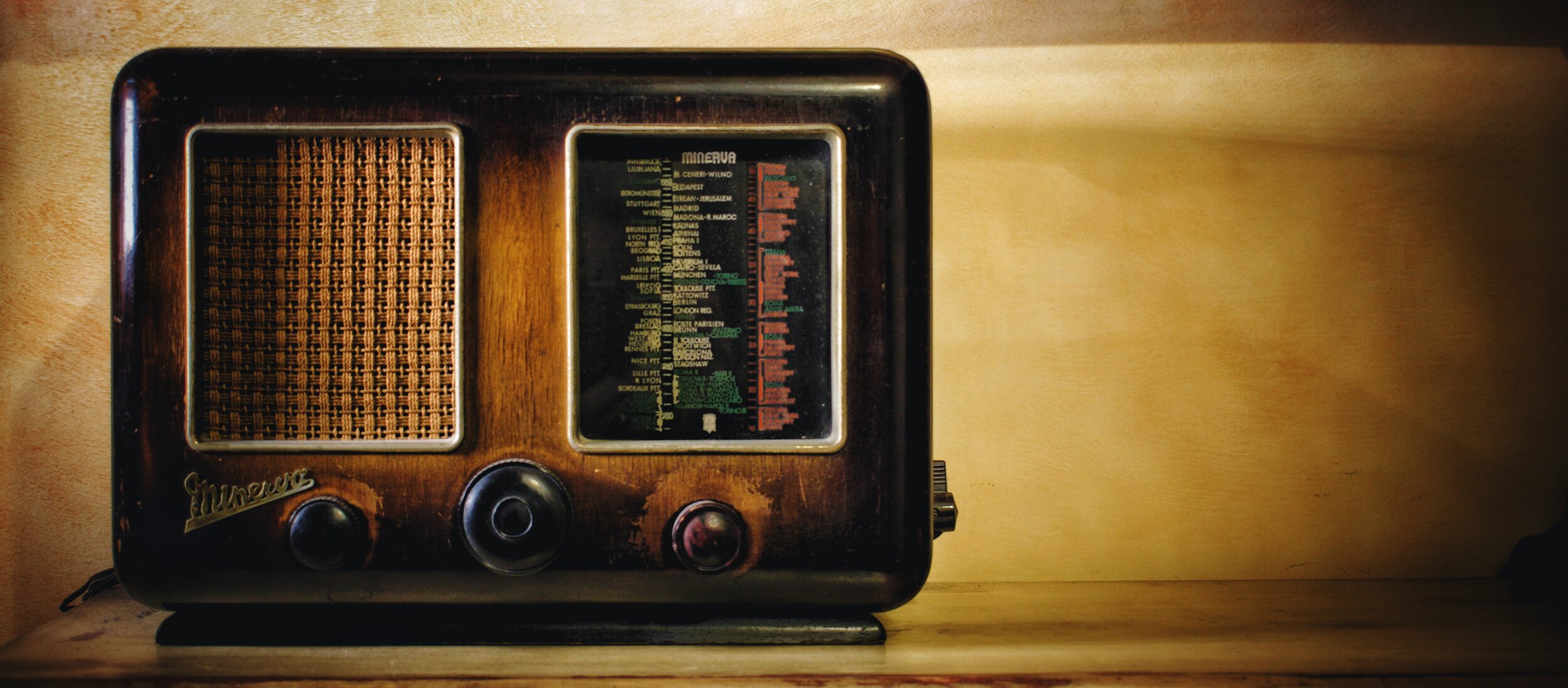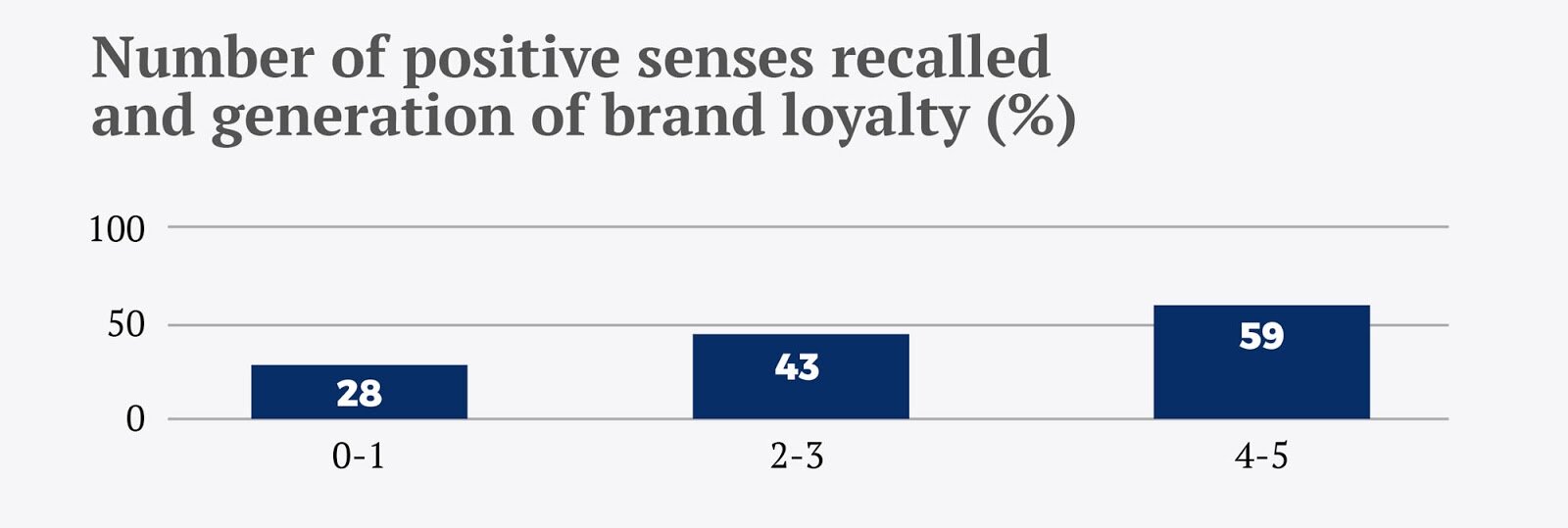What is Sensory Marketing?
Table of contents
The Benefits Of Sensory Marketing
A Digital Sensory Marketing Tool
Marketing is everywhere. Wherever you go, whatever you see, if you look deeply enough, you will find it. Or, if it’s done right, it will find you. Marketing has become a well-renowned and effective tool in helping businesses succeed, and it has also developed into a multifaceted subject that is ever-evolving.
Sensory marketing recently appeared on the scene as a new hot topic for marketers and business people alike. Especially now - due to the challenges that have faced marketing throughout the midsts of the pandemic - it has been important to adapt to the current situation and entice consumers in new and more original ways. So, what actually is sensory marketing?
Within this blog post we will go through the 5 key points of sensory marketing, and delve into how utilising each sense can work wonders for your marketing strategy. Paperturn will enhance your sensory marketing with our feature-packed digital publishing solution.
What is Sensory Marketing?
Sensory marketing is a potent tool that aims to appeal to at least one of the five senses in order to prompt significant, positive and, in-turn, profitable responses from a business’ main target audience. Sensory marketing provides a more special and memorable experience to its target market. It is also known to perform best when more than one sense is being targeted in one single message or campaign.
Appealing to the Five Senses
Although sensory marketing is more common nowadays, it doesn’t mean that it’s an easy task to carry out. There are many things to consider when focusing on the senses as a means of evoking emotions and actions from your audience. It’s vital that you choose the types of senses that are in coherence with your brand.
Sight
Sensory marketing in regards to sight is one of the most important. Individuals like to see things that are aesthetically pleasing and captivating. This type of marketing dates back to many moons ago when Ancient Egyptians would create posters on papyrus to bring in potential customers at the markets. This is, of course, not the only instance in which visual marketing was used back in the days, but it’s a great example of how far this type of sales technique dates back to.
Nowadays sensory marketing can be performed in a multitude of ways. For example, via the creation of graphics, infographics, images, art, posters, advertising banners, videos, text, colours and so much more. These pieces of marketing can also be encountered anywhere, but in the 21st century, most of these visuals are found digitally, through online platforms such as Facebook, LinkedIn, Instagram, company websites etc.
Magazines, catalogs, whitepapers, eBooks etc. are all great materials to promote and market your business in a visually appealing way. Why not create a digital publication that allows your readers to flip through the pages as if it were a real paper document, without the paper (i.e. the cutting down of trees).
Hearing
Using sound within your sensory marketing strategy is also a great way to establish your brand and make it more memorable. For example, in the 1920s it was common for companies to carry out their advertising via the radio. This was done through jingles, brand promotions and music.
Some of the most common forms of hearing sensory marketing nowadays are: voiceovers, sound effects, podcasts, audiobooks etc.
At Paperturn, we know the importance of not only visual marketing, but also how sound can benefit your business and your brand’s identity. That’s why we recently launched our sound feature, that allows you to add both background music and sound effects to the pages of your digital publications.
Touch
Sensory marketing also encompasses touch. Although it might seem like a strange way to market products or services, in some instances it makes a lot of sense. For example, if you’re buying a new car - you’ll need to do a test-drive first i.e. see how it works, how comfortable it is and how you feel while driving it. The same also applies to clothes - typically, when you’re in a clothing store you touch the fabric to decide whether it’s high quality and you, more often than not, try the clothes on. Touching products like this can help your brand in attaining more sales and gives customers more reassurance about buying your products.
Taste
Taste can only really be applied to vendors of food and drinks - e.g. drink brands, restaurants, cafes, cheese brands, etc. Taste is also closely related to smell and its effectiveness can vary based on the other senses surrounding a specific taste. It’s no secret that taste is very subjective and certain flavors and tastes don’t appeal to everyone - but this can also be said for sounds, smells and visuals.
So, how can taste be used in sensory marketing? It’s pretty straightforward - use samples to entice your audience. Many consumers are wary of buying new products, especially if they're used to buying a set list of groceries in the supermarket. However, if you allow them to try a free sample of your food, they’re unlikely to refuse it. Furthemore, if the taste appeals to them - they will be more likely to buy it. This is a very widely used strategy in restaurant management that works.
Smell
Some smells vividly take you back to your childhood or a particular moment in your life. The sense of smell should not be underestimated, especially not in your sensory marketing strategy.
Here are some cool ways you can incorporate smell into your marketing strategy:
Special fragrances that line up with your brand and your store. For example, Hollister and Abercrombie and Fitch use their distinct sense to make their customers feel happy and enjoy shopping in the store.
Scents that resemble the environment. For instance, scents of the ocean, freshly cut grass, and other natural smells. These types of scents can sometimes be beneficial in evoking positive emotions in the customers when they’re making purchases in a store.
The irresistible smell of food! If you’re selling food - a good idea would be to focus on the smell and ensure that it’s appealing and enticing when a customer walks by your restaurant/street food/food stall, etc. This point is also similar to realtors who bake cookies or cakes in the houses that they have on show, so that people think of the place as more "homely".
The Benefits of Sensory Marketing
It’s what customers want.
Colors boost your brand recognition.
Music and sound help customers remember you.
The more senses you include in your inbound and outbound marketing, the more brand loyalty you generate.
It leaves a good impression, and customers will therefore have positive emotions when they think of your brand.
It allows you to appeal to more customers. Not all customers are able to hear or see. Therefore, having an accessible brand, by using more senses in your marketing strategy, is definitely a benefit.
It makes an impact.
Examples of Sensory Marketing
Now that you know what sensory marketing is, here are some interesting examples that popular brands use to appeal to the 5 senses.
Apple
Apple is known for having a unique in-store experience that their customers are super fond of. They allow customers to try out all of their technological devices in store. By doing this, customers are able to touch and test the devices before actually purchasing. This inclined customers to trust Apple as they’re not afraid of showing off their products, even before customers agree to buy them.
2. McDonald’s
Here’s a super famous example of sensory marketing. We all know the jingle - “Ba-da-ba-ba-ba - I’m lovin’ it.” This is one of the most memorable jingles of modern times. McDonald’s has used sound marketing in a way that is easily recognizable and catchy.
3. Rolls Royce
Another example of sensory marketing is Rolls Royce's use of smell. This brand is known for having cars with a special “new car” scent that appeals to many (and not only luxury) car enthusiasts. This scent makes new buyers crave that new car, and entices them to buy a vehicle that’s clean, shiny and completely brand new. It’s an experience, to say the least!
A Digital Sensory Marketing Tool
If you need a tool that can encompass three different senses (sight, hearing and touch) for your sensory marketing strategy - Paperturn has the answer!
Create marketing publications that are visually appealing; can be customized to match your brand’s colors and design; incorporate links, videos, pop-ups and sound effects; and so many other features that involve the senses. Furthermore, the flipbooks that we host via our platform allow for a distinct page flip sound, which gives consumers the real feeling of turning a page, digitally. In addition, the other interactive features that can be implemented via our platform further help your customers engage with your brand’s content.
Hopefully all your questions about sensory marketing have been answered. If you have any further questions about creating a digital publication - don’t hesitate to contact us and we’d be happy to assist you. You can also start your free trial today!






